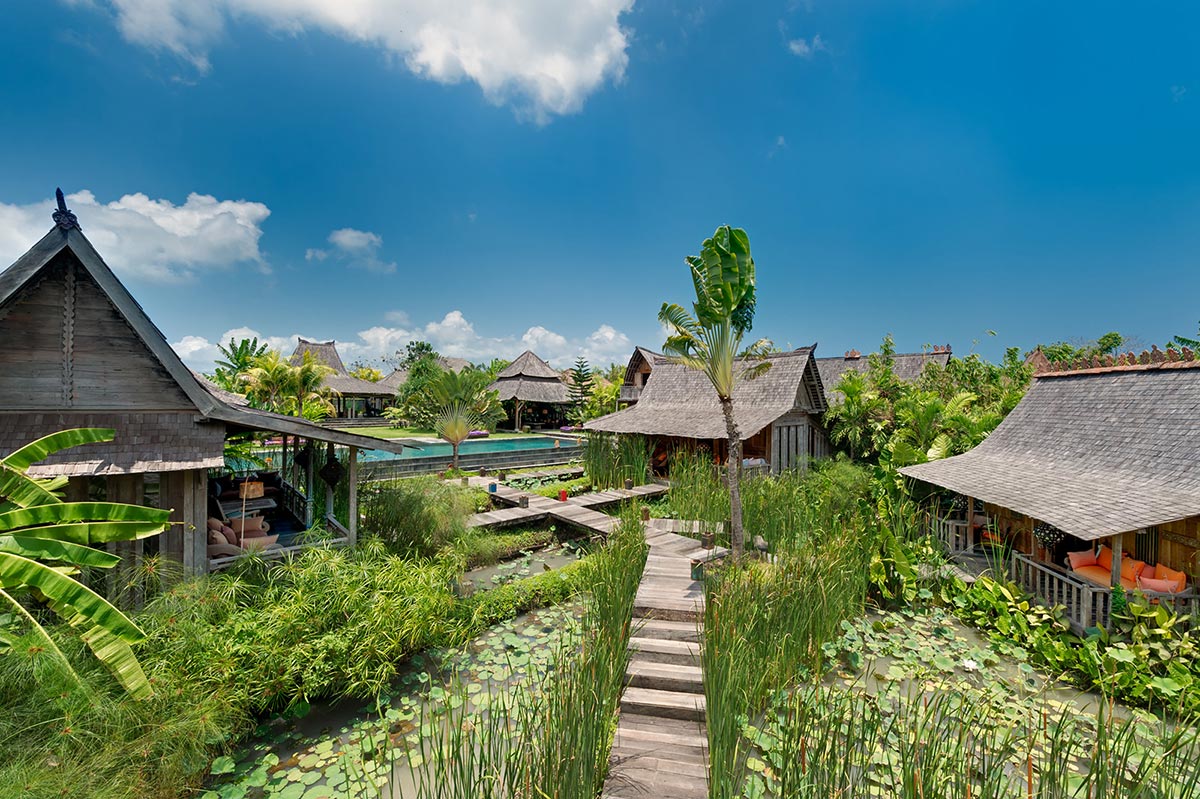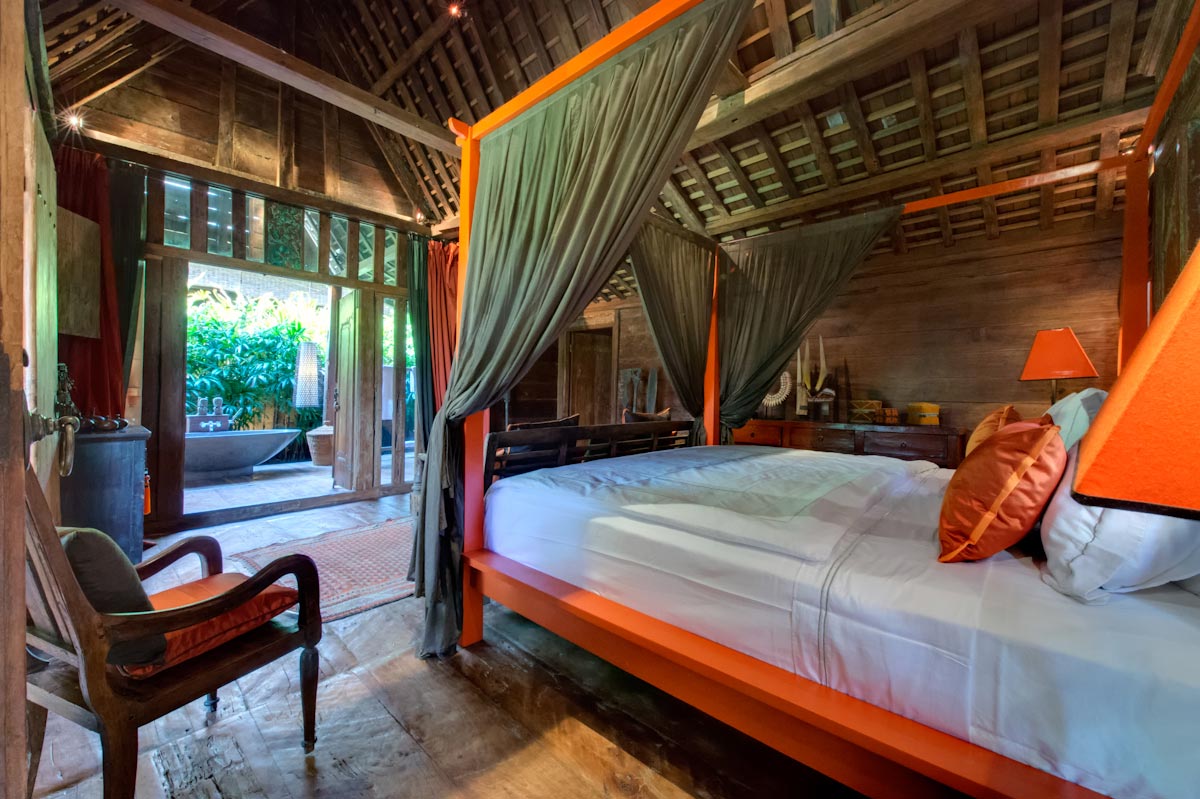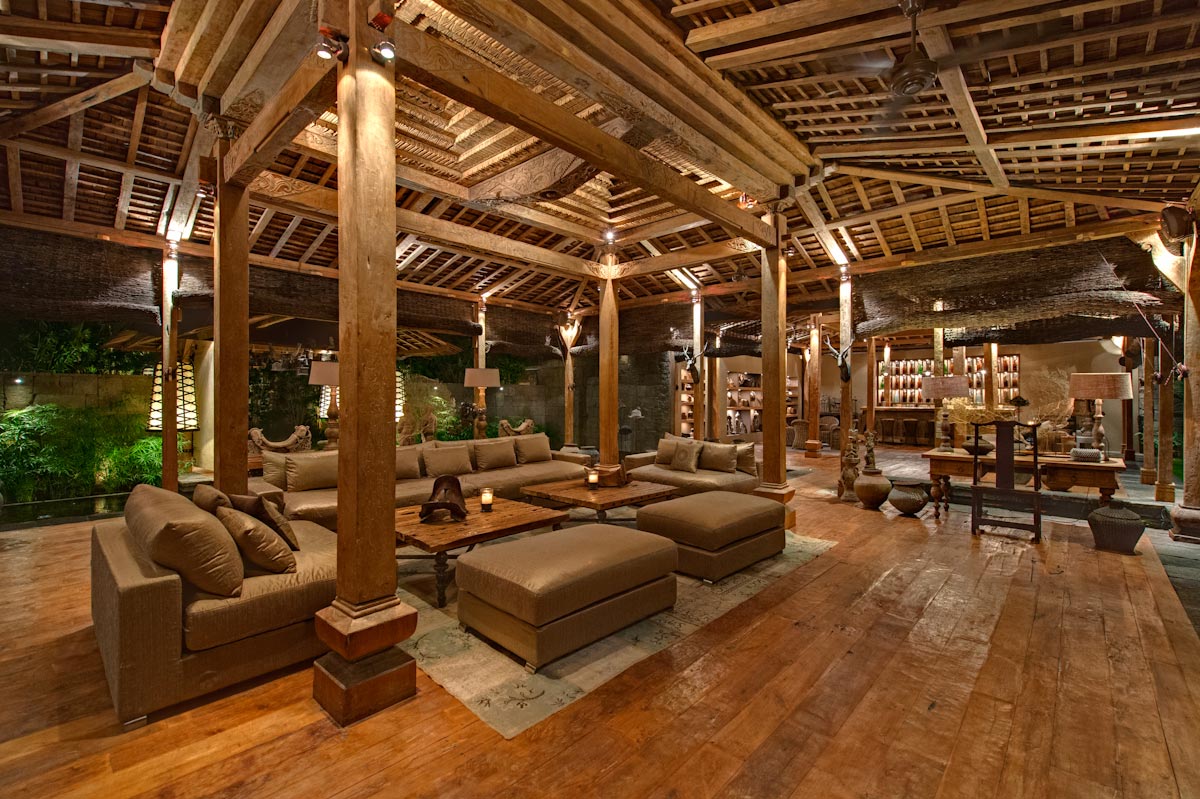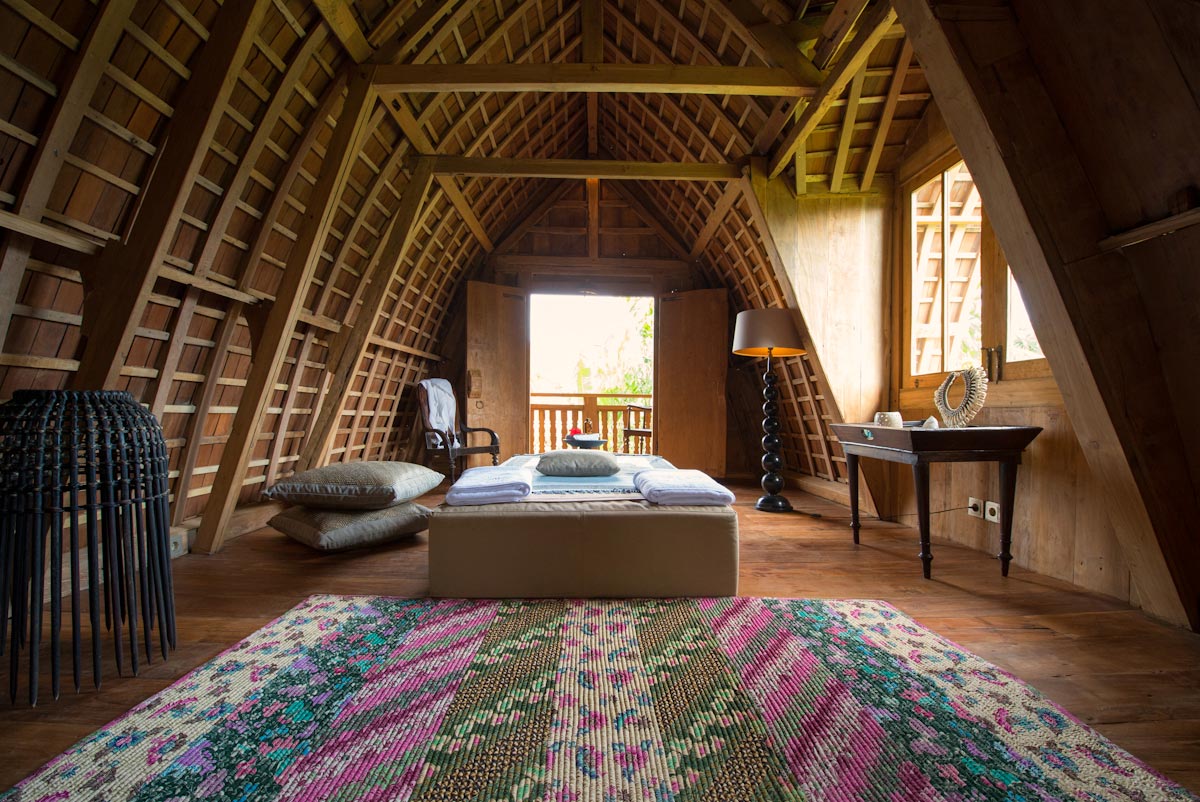
Indonesia in very well known for its richness in culture. From Sabang to Merauke, there’s always interesting thing to discover. One that catch most attention is the unique architecture of each traditional house or so called “Rumah Adat” that is differ from one region to another. One of traditional houses that gains so many popularity and adapted its architecture in hospitality sectors is Joglo. Originally Joglo refers to traditional wooden house in Java, especially in Central Java.
Joglo house has a main building framework consisting of soko guru in the form of four main pillars buffer the structure of buildings and intercropping in the form of a beam arrangement supported by soko guru.
The arrangement of the room in Joglo is generally divided into three parts, namely the meeting room called pendhapa, the living room or the space used to hold a puppet show called pringgitan, and the back room called dalem or omah jero as the family room. In this space there are three senthong (room) which are left senthong, central senthong and right senthong.
Hierarchical principles apply in the pattern of spatial arrangement. Each room has different values, front space is for public and the back is for private.
What is more unique is every room from the terrace, the marquee to the rear (pawon and pekiwan) not only has a function but also loaded with elements of Javanese ethnic life philosophy. Religion or belief in the God is embodied with the worship space of Dewi Sri (Goddess of fertility and happiness of the household) in accordance with the livelihood of Javanese society (farmer-agrarian). The room is called krobongan, which is the room that always empty, but complete with bed, mattress, pillow, and bolsters and can also be used for the first night for newlyweds.

Krobongan is a special room created as a tribute to Dewi Sri who is considered very instrumental in all the joints of Javanese society life.

Therefore in Joglo house space mapping, there are three main room maps, namely:
- Pendopo
- Pringgitan
- Dalem
Pendopo is located in front, and has no walls, it is related to Javanese philosophy which always be friendly, open and does not choose in terms of receiving guests. In general, the pendopo is not given a table or chair, only given a mat when there are guests who come, so the atmosphere of the visit will have the equal and friendly nuance (rukun agawe santosa).
Pringgitan has a conceptual meaning –a symbol of the homeowner that he is only a shadow or a puppet from Dewi Sri (the goddess of rice) which is the source of all life, fertility, and happiness. Pringgitan is the room between the pendhapa and dalem, used as the place for puppet show (ringgit), which is the show associated with the ruwatan ceremony for the sukerta children (the child who became the prey of Bathara Kala, the great Giant God).
Dalem or Main Room is the part of the room used as a family residence. Inside dalem there are several rooms called senthong.
In the past, senthong only consisted of three rooms only. The first room is reserved for the men, the second room is emptied, and the third room is used by the women.
This emptied room is called krobongan and filled with bed as well as with all the usual room equipment. This empty room is used to store heirlooms and as a space to worship Dewi Sri. This is the most sacred part of the house.

Cipta Bali Architect sell Rumah Joglo, Rumah Gladak, classic meuble, old timber, and old furnitures.
Contact us now for more information.






It is the best time to make some plans for the future
and it is time to be happy. I’ve read this post and if I could
I wish to suggest you some interesting things or advice.
Maybe you could write next articles referring to this
article. I desire to read more things about it!
Thank you for your visit! Please browse through our web site to find out more interesting articles … 🙂
🙂
Hi there! Such a good article, thanks!
Your website has exceptional web content. I bookmarked the site
Hi there! Such a good post, thanks!